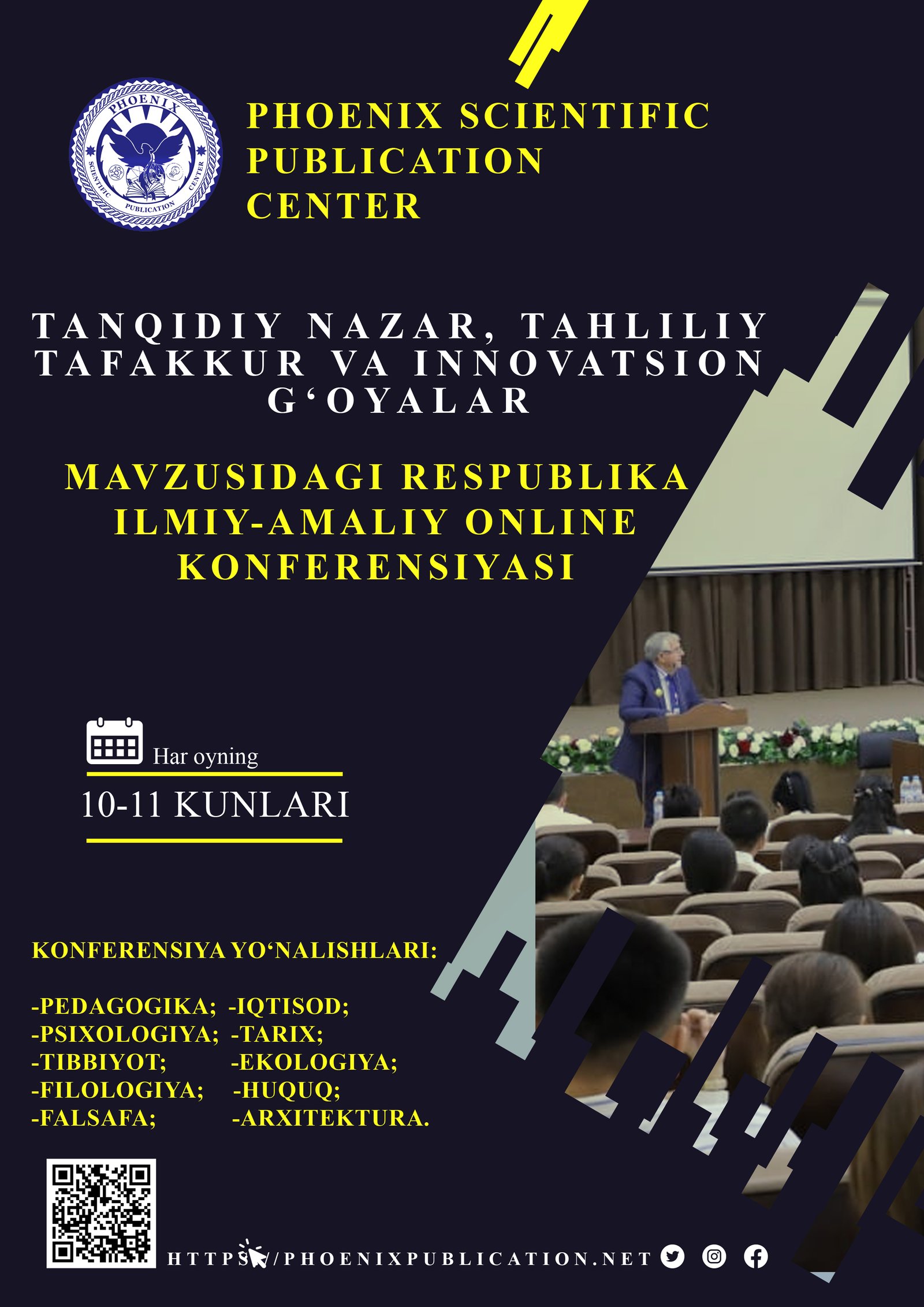Abstract
In the era of globalization, comparative linguistics and translation
studies have gained significant importance in facilitating cross-cultural communication. This paper explores modern trends in these fields, focusing on the integration of digital technologies, artificial intelligence, and machine translation. It also examines the challenges of maintaining linguistic accuracy and cultural nuances in translation. Additionally, the study highlights the role of comparative linguistics in improving translation quality through structural and semantic analysis of languages. The findings contribute to a deeper understanding of how modern innovations shape linguistic and translation practices in a rapidly evolving world.
References
Baker, M in Other Words: A Coursebook on Translation (3rd ed.). Routledge. (2018).
2. Catford, J. CA Linguistic Theory of Translation: An Essay in Applied Linguistics. Oxford University Press. (1965).
3. Chesterman, A. Memes of Translation: The Spread of Ideas in Translation Theory. John Benjamins Publishing. (2017).
4. House, J. Translation Quality Assessment: Past and Present. Routledge. (2015).
5. Munday, JIntroducing Translation Studies: Theories and Applications (5th ed.). Routledge. (2022).
6. Nida, E. A., & Taber, C. RThe Theory and Practice of Translation. Brill. (2003).
7. Pym, A Exploring Translation Theories. Routledge. (2010).
